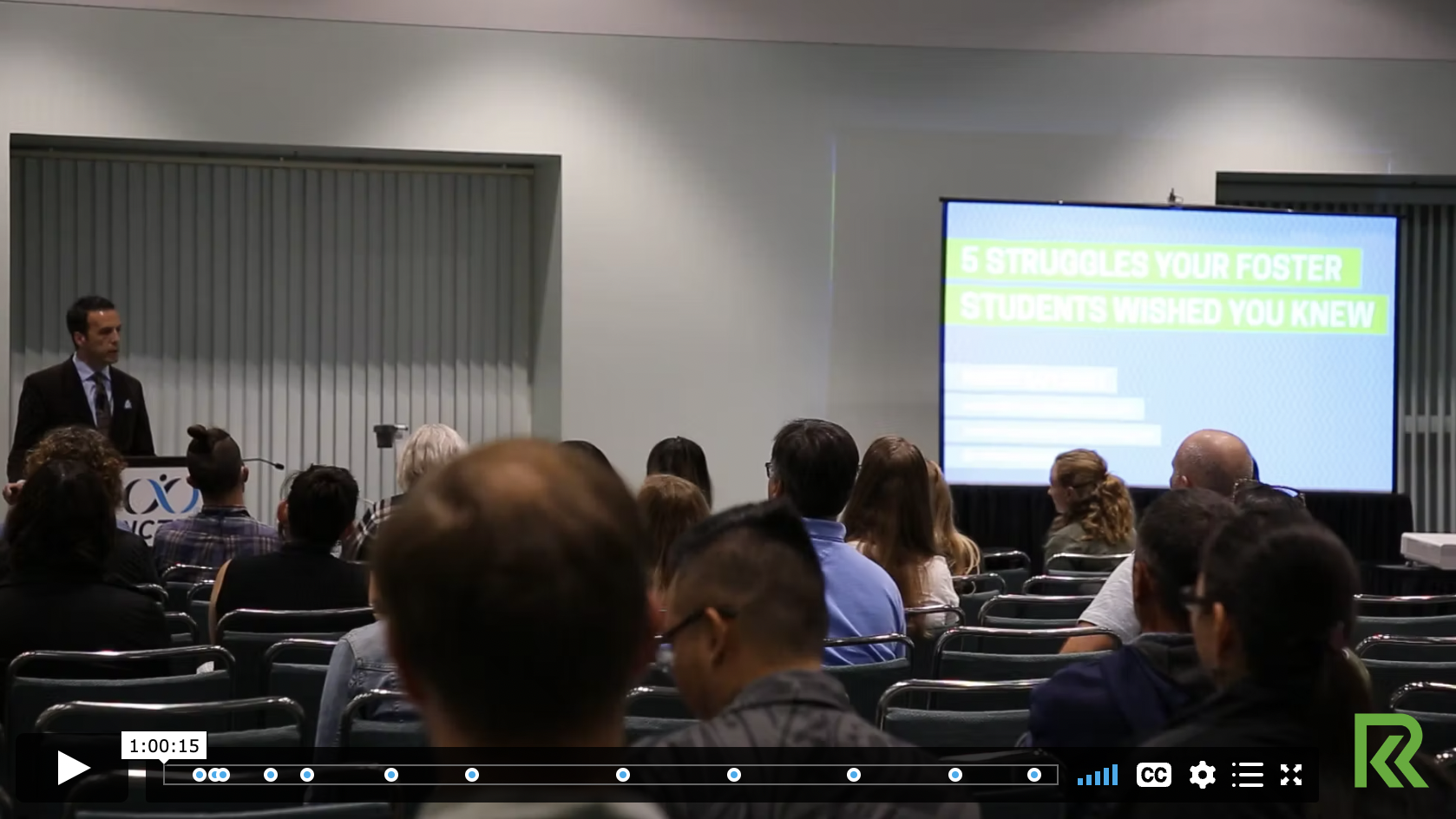I was hit with something I hear quite often. “The kids are confused. They don’t see decimals. They keep reverting back to hundreds, tens, and ones.”
Upper elementary teachers, does this sound familiar? It should because it happens more often than not. And the reason why is because we ruin base ten blocks.
We Need Them
Base Ten Blocks are proportional models. Meaning this manipulative is of exact size and ratio. The blocks provide students with ways to physically represent the concepts of place value. Students develop an understanding of regrouping or trading to compose or decompose another unit. We also use them for all operations.

Base Ten Block Dictators
When we break out this math manipulative, we dictate an exact quantity that each block represents.
For example, typically we label the flat as the hundreds, the rods as the tens, and the cubes as the ones. This is where we start losing the purpose of the Base Ten Blocks. We lose sight of the fact that this manipulative is all about relationships. And here is where we ruin their use.

It’s All About The Bundle Baby
Each block can represent different amounts depending on how they’re used. For example, you can alter the unit cube’s value to 5 and have students figure out what the rod would then represent. Or you could also change the rod’s value to 100 and ask the students what the cube represents.
See what I’m getting at? Students can still compose and decompose because they’re studying the relationship between the blocks. When we don’t assign set values students can manipulate this tool in a variety of ways. And when it comes to decimals they would already build that habit. Here are a few examples of how we could use them instead.
Make them
Most students don’t have base ten blocks lying around the house. But Base Ten Blocks are meant to be at home too. Students could use virtual manipulatives that’s one option. (Virtual Manipulative Blog) But that’s not our only option. Have students create them at home. Students could glue pennies or beans on popsicle sticks. I would provide them the materials if possible. This is way cheaper than buying a set of Base Ten Blocks for each student. Let’s get real who has money for that. Students could use Legos to represent Base Ten Blocks. I’ve even seen sets made using kitchen mats from the dollar store. My point is that they can play with this manipulative at home.
https://www.sciencekiddo.com/lego-math-place-value
https://www.entirelyathome.com/diy-base-ten-blocks-to-teach-place-value/

You May Not Need Proportional Models
If we care about the relationships, you may not need the models or math tools to be proportional. What if we showed students that base ten blocks could be anything?
I’ve been to Greg Tang conferences where he held up a pencil for a ten rod, his cell phone as a hundred, and a counter as a unit. You can still cover the same concepts with different objects. Of course, a cell phone is not realistic because who has several of those lying around. However, materials outside of the norm would work. Have students hunt around their house for stuff they could use to represent values.
Encourage students to create their own.
This same rule applies to other math manipulatives as well, such as fraction bars. Those shouldn’t be labeled either. More to come on that.
